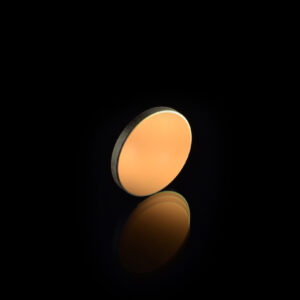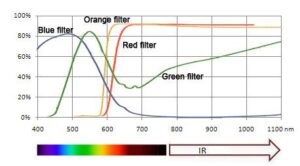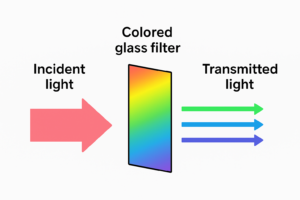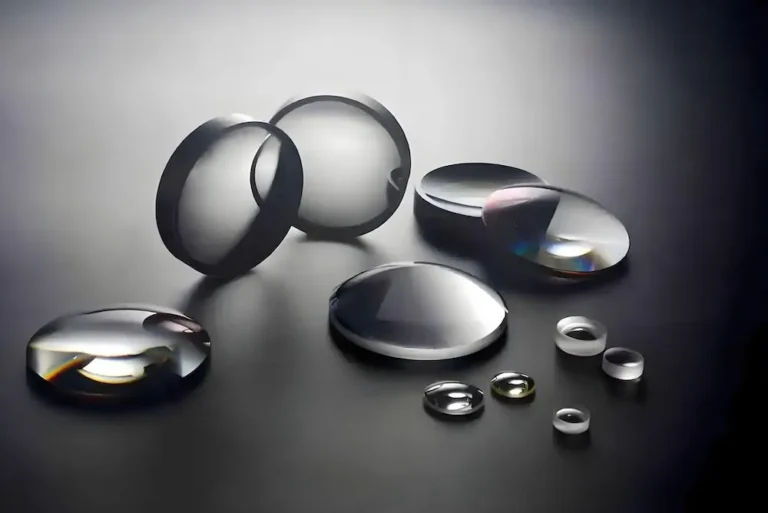What is a colored filter?
The Colored optical filter is an optical component made of optical glass or dyed glass materials.
It achieves spectral regulation by selectively absorbing or transmitting specific wavelengths of light.
Unlike coated filters, the filtering performance of colored filters stems from the composition of the material itself, thus possessing excellent stability and durability.

Construction and Composition of Colored Glass Filters
- Substrate:
Colored optical filters are typically made from optical glass that has been doped or melted with specific ions or compounds to achieve the desired spectral transmission.
- Physical Form:
They are manufactured in standard shapes such as circular, square, with thicknesses ranging from 0.5 mm to several millimeters.
- Surface Quality:
High-precision polishing ensures flatness and minimizes scattering.
Types of the colored filters
People can choose different types of filters according to their requirments:
- Block longer wavelengths and transmit shorter wavelengths.
- Applied in UV detection and blue-light applications.
- Transmit only a specific wavelength band while blocking both sides.
- Widely used in medical imaging and laser systems.
- Block longer wavelengths and transmit shorter wavelengths.
- Applied in UV detection and blue-light applications.

Features of Colored Optical Filter
- High Durability – Absorption within the glass body, no risk of coating damage.
- Cost Advantage – More economical than thin-film filters, suitable for bulk use.
- Wide Wavelength Range – Covering UV, visible, and near-infrared (NIR) regions.
- Easy Customization – Also, Chenyu support customization in different sizes, thicknesses, and shapes.
How does the colored glass filter work?
It is based on the fact that colored glass is formed by adding specific colored materials to the glass.
Colored glass itself has certain spectral curve characteristics, which can absorb light within a specific spectral range while allowing light of other spectral ranges to pass through.

Applications of Colored Optical Filters
- Spectroscopy, interferometers, and microscopes.
- Fluorescence imaging, blood analysis, and biological sample observation.
- Machine vision, illumination control, and quality assurance.
- Adjusting image colors and enhancing visual effects.
- For beam selection and laser safety protection.
Why Choose Colored Optical Filters?
Compared with coated filters, colored optical filters are more suitable for applications requiring long-term stability and environmental resistance.
Especially in high-temperature, humid, or UV-intense environments.
Our experienced design team provides customers with support for optical system design, covering the entire process from initial design to prototype development and production.



